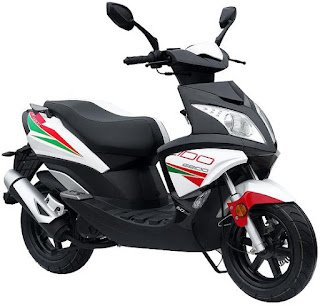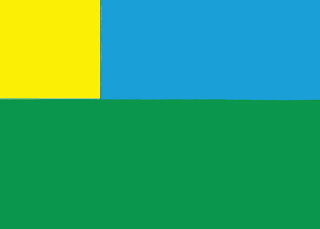Banning most motorized vehicles from bikeway system.
One of the newest popular modes of transportation in Haiti is the motorbike. Some of the dangers of urban traffic in Haiti is due to the motorbike, and many injuries and accidents happen as a result. While the motorbike is used as personal taxis, they are not regulated, so injuries can and will happen.
These motorbikes as well as dirt bikes are on La Gonave. Given the island rough terrain, lack of roads, and the affordability make motorbikes and dirt bikes common. In fact other types of ATVs (all terrain vehicles), such as 4 wheelers are often used on the island.
Building a bike trail is a system that would allow for easier movement and could bring the same hazards that you see in Port-au-Prince. Proper planning could prevent this from happening. Banning most motorized vehicles is key to lower accidents especially when someone is using a bicycle and someone has a motorcycle driving 80 mph.
One of the proposed rules if such a bikeway is created is to banned all motorized vehicles that are larger than a 50cc engine. The exception would be any emergency vehicles that would use the bikeway system. So what would be a 50cc engine?
A 50cc engine is a basic moped. These are not listed as a scooter in the US due to the engine size. In most US cities you can own a moped (engine under 50cc) without a motorcycle license. If Haiti were to ever put in some sort of enforcement of similar laws due to all of the accidents and controversy then the bikeway would be in compliance. These smaller engines could still reach speeds of 45-50 mph, but their weight is much smaller than that of larger more powerful bikes.
There could also be a restriction based on wheel diameter size for all motorized vehicles that use the bikeway. Having a wheel diameter restriction of 10 in or less could also be part of ways to limit heavier and faster vehicles.
While these mopeds will be still fast to a basic pedal bicycle, they are a strong compromise for what is currently being used on the island.
When the bikeway is started large segments will be done at one time. We think that building 60 ft long sections at a time or greater is the best solution to ensure uniform and good construction of the bikeways.
On a second front, we are looking at a Haitian company Enersa to potentially supply the solar panels that would be put on future bikeway systems. This would employ local Haitians, and stimulate the economy, as well as build the power infrastructure on La Gonave.
Go Gonave!
These motorbikes as well as dirt bikes are on La Gonave. Given the island rough terrain, lack of roads, and the affordability make motorbikes and dirt bikes common. In fact other types of ATVs (all terrain vehicles), such as 4 wheelers are often used on the island.
Building a bike trail is a system that would allow for easier movement and could bring the same hazards that you see in Port-au-Prince. Proper planning could prevent this from happening. Banning most motorized vehicles is key to lower accidents especially when someone is using a bicycle and someone has a motorcycle driving 80 mph.
One of the proposed rules if such a bikeway is created is to banned all motorized vehicles that are larger than a 50cc engine. The exception would be any emergency vehicles that would use the bikeway system. So what would be a 50cc engine?
A 50cc engine is a basic moped. These are not listed as a scooter in the US due to the engine size. In most US cities you can own a moped (engine under 50cc) without a motorcycle license. If Haiti were to ever put in some sort of enforcement of similar laws due to all of the accidents and controversy then the bikeway would be in compliance. These smaller engines could still reach speeds of 45-50 mph, but their weight is much smaller than that of larger more powerful bikes.
 | ||
| Image of 50cc moped www.flyawymotos.tradeee.com |
While these mopeds will be still fast to a basic pedal bicycle, they are a strong compromise for what is currently being used on the island.
When the bikeway is started large segments will be done at one time. We think that building 60 ft long sections at a time or greater is the best solution to ensure uniform and good construction of the bikeways.
On a second front, we are looking at a Haitian company Enersa to potentially supply the solar panels that would be put on future bikeway systems. This would employ local Haitians, and stimulate the economy, as well as build the power infrastructure on La Gonave.
Go Gonave!


Comments
Post a Comment
Any racist remarks or otherwise insensitive remarks will be removed and the person placing the comment will be banned from the page.